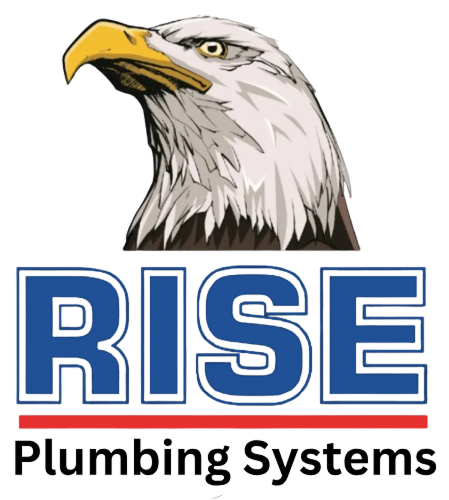Gas Line Installation: Safety Tips and What to Expect
Installing a gas line is a significant upgrade that enhances the functionality of your home, whether it's for a new stove, fireplace, water heater, or outdoor grill. However, working with natural gas demands a careful, experienced approach. Improper installation can lead to hazardous leaks, fires, or even explosions. That’s why understanding the installation process and following essential safety practices is crucial. Whether you're renovating, building, or adding new appliances, knowing what to expect during a gas line installation can help ensure a smooth, secure, and code-compliant outcome.
1. Hire a Licensed and Experienced Professional
Gas line installation is never a DIY project. Always work with a licensed and insured plumber who specializes in
gas line services. Professionals are trained to meet local codes and ensure proper connections, testing, and pressure checks. This protects both your home and your family from the risks of gas leaks or system failure.
2. Obtain Proper Permits and Inspections
Before installation begins, the right permits must be secured from your local municipality. Once the job is complete, a certified inspector will evaluate the work to ensure it complies with safety standards. These steps may seem like red tape, but they’re essential safeguards that ensure your system functions safely and legally.
3. Expect a Thorough Site Evaluation
A professional plumber will start with a site assessment to determine the most efficient and safe route for your gas line. They’ll inspect the existing infrastructure, measure distances, and consider appliance requirements to design a customized plan that maximizes both performance and safety.
4. Understand the Materials Being Used
Modern gas lines are typically installed using either black iron pipe, copper, or corrugated stainless steel tubing (CSST). Each has its pros and cons, depending on your home's layout and the number of appliances. Your installer will recommend the best material based on durability, cost, and compatibility with your appliances.
5. Testing and Leak Detection Are Critical
Once installation is complete, your gas line must be pressure-tested to check for leaks. Your plumber will use specialized equipment to pressurize the line and monitor for any pressure drop, indicating a leak. Only after passing this test will the system be considered safe and operational.
6. Know the Warning Signs of a Leak
Even after a professional installation, it’s important to know the signs of a potential gas leak. These include a sulfur-like odor (rotten eggs), hissing sounds near the line, or dying indoor plants. If you suspect a leak, evacuate immediately and contact emergency services.
Choose Rise Plumbing Systems
for Safe, Reliable Gas Line Services
When it comes to gas line installation, don’t take chances—trust the professionals at Rise Plumbing Systems. With 15
years of experience serving homeowners and businesses in Dallas, Texas, we specialize in safe, code-compliant gas line installations that prioritize your peace of mind. Our team handles everything—from permits and planning to testing and final inspection—with precision and care. Whether you're adding a new gas appliance or upgrading an existing line, we deliver expert solutions backed by quality workmanship. Contact us today to schedule your gas line consultation and experience service that truly rises above.




